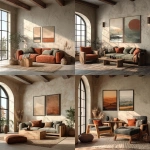Explore the Best AI Image Gallery

Beyond the Brushstrokes: Wearable Tech as a Creative Conduit
The realm of creativity has always been driven by innovation, constantly pushing boundaries and exploring new frontiers. In recent years, wearable technology has emerged as a powerful catalyst, reshaping artistic expression and redefining the tools at the disposal of creators.
From haptic feedback devices that translate sound into tactile sensations to augmented reality glasses that overlay digital elements onto the physical world, wearable tech is blurring the lines between the tangible and the virtual, empowering artists to experiment with novel mediums and concepts.
Wearable Tech: A Canvas for Artistic Exploration
Artists are harnessing the capabilities of wearables in diverse and imaginative ways:
- Interactive Installations: Wearable sensors can capture movements and biofeedback, translating them into real-time visual or auditory elements within an installation. This creates immersive experiences where viewers become active participants, shaping the artwork through their presence.
- Performance Art: Dancers, musicians, and actors are incorporating wearables to enhance their performances. LED lights embedded in costumes can synchronize with music or choreography, while haptic suits provide tactile feedback, allowing performers to interact with virtual environments or characters.
- Digital Sculpting: 3D modeling software integrated with wearable interfaces allows artists to sculpt and manipulate digital objects in real-time using their hands and movements. This creates a more intuitive and physical approach to digital art creation.
Design Meets Technology: The Convergence of Wearables and Fashion
The fashion industry is also embracing wearable technology, pushing the boundaries of design and functionality:
- Smart Clothing: Garments embedded with sensors can track vital signs, monitor activity levels, or even adjust temperature based on the wearers needs.
- Interactive Textiles: Fabrics woven with conductive threads allow for touch-sensitive designs, transforming clothing into canvases for interactive experiences. Imagine a jacket that lights up when you move or a dress that changes color based on your mood.
- Augmented Reality Apparel: AR glasses can overlay digital designs onto physical garments, creating dynamic and personalized fashion experiences. Users could experiment with virtual try-ons, customize their outfits in real-time, or even project holographic elements onto their clothing.
Navigating Ethical Considerations
As wearable technology becomes more integrated into our lives, its crucial to address the ethical implications:
- Privacy Concerns: Wearables collect vast amounts of personal data, raising questions about how this information is used, stored, and protected.
- Data Security: Hackers could exploit vulnerabilities in wearable devices to access sensitive information or control users actions. Robust security measures are essential to safeguard user data.
- Bias and Discrimination: Algorithms used in wearable tech can perpetuate existing biases if they are trained on biased datasets. Its important to ensure fairness and equity in the development and deployment of these technologies.
Future Trends: The Evolution of Wearable Creativity
The future of wearable technology in the creative industry is brimming with possibilities:
- Brain-Computer Interfaces (BCIs): BCIs could allow artists to control digital creations or express themselves through thought alone, blurring the lines between mind and machine.
- Personalized Creativity: Wearables could enable individuals to explore their creative potential in personalized ways, providing tailored tools and experiences based on their interests and skills.
- Collaborative Creation: Wearable tech can facilitate remote collaboration among artists, allowing them to work together on projects regardless of location. Imagine a team of designers using haptic suits to co-create a virtual sculpture or musicians collaborating on a song through synchronized wearable interfaces.
As wearable technology continues to evolve, its impact on the creative industry will undoubtedly be profound. By embracing innovation and addressing ethical considerations, we can harness the power of wearables to unlock new dimensions of artistic expression, empower creators, and shape a future where technology and creativity converge in extraordinary ways.

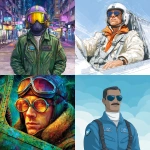



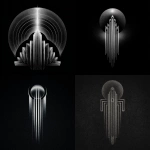
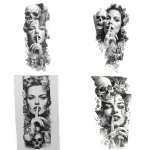









](https://images.ai-img.art/thumbnails/150/4a4f2a16da94ebadad64aeb3b0fb4e64d426431f1d651cc4929142c728fe85b7.webp)
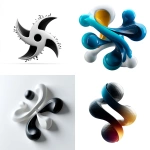

](https://images.ai-img.art/thumbnails/150/d29fcfc8037938184a641f7980e1102e24a6e82088bc465886d26ffe5bb006c7.webp)
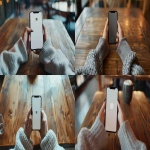
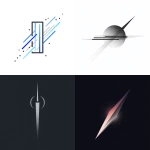
](https://images.ai-img.art/thumbnails/150/9127f72c6be19d533c26ac476f4d216cd89a6a2d7c351333489a3eff30c3ec5a.webp)
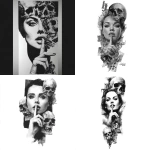
](https://images.ai-img.art/thumbnails/150/336026613fd234b8d6908fe18ecc09b2b2ecf7b8dfe294742041c9862dc499c1.webp)

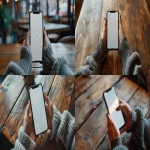


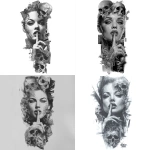



](https://images.ai-img.art/thumbnails/150/85464d88f1d4314cd042a02a6f41440fc3b4343db529794cbe8e6836fdadf409.webp)
](https://images.ai-img.art/thumbnails/150/37f115f2fa75765b87e6d3e2c9f1b0a80a6a46efa8b864a05278c7fc0a0a62e7.webp)


](https://images.ai-img.art/thumbnails/150/24610c8978ce6b4f1ced8639b434482871adb07e38af8b90cd535f2533bf18cc.webp)


](https://images.ai-img.art/thumbnails/150/b90a5f332cb5d8f02116934e13abd20233e0eeb2368274dbdffaa2e281e4dff5.webp)

